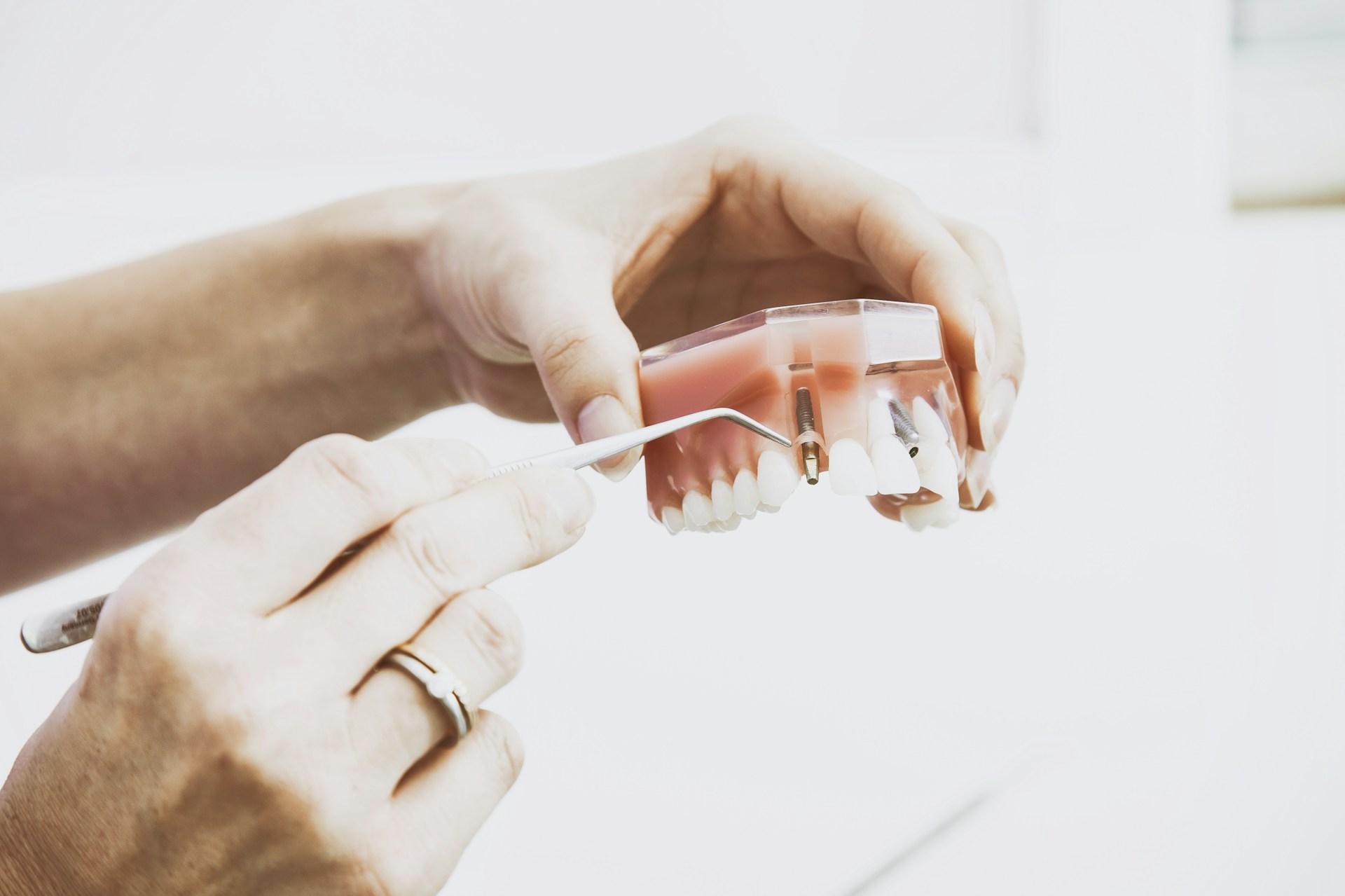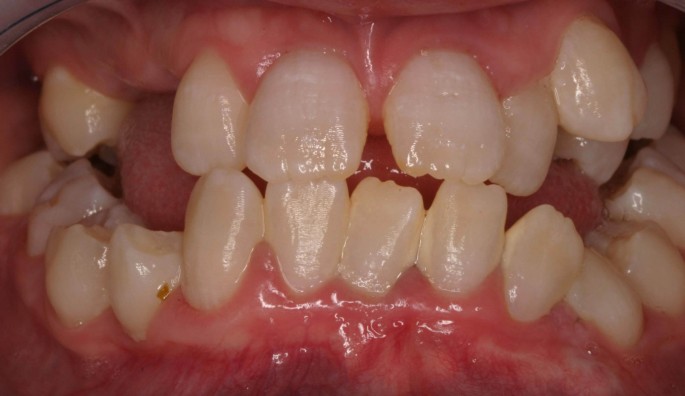SMILE- It costs nothing !!!
Dentin Dysplasia: Causes, Symptoms & Treatment
Dentin dysplasia is a rare dental condition that impacts tooth development and structure. Discover its causes, symptoms, and various treatment options to maintain optimal oral health.
12/10/20242 min read
Dentinogenesis Imperfecta: How it Differs from Dentin Dysplasia
Another dental condition often confused with dentin dysplasia is dentinogenesis imperfecta. Both conditions impact the dentin, but there are distinct differences.
What is Dentinogenesis Imperfecta?
Dentinogenesis imperfecta is a genetic disorder that causes teeth to be discolored (blue-gray or yellow-brown) and translucent.
Unlike type 1 dentin dysplasia, the teeth in dentinogenesis imperfecta often have normal roots but abnormal dentin formation, leading to:
Weak and brittle teeth
Enamel that easily chips away
Severe tooth discoloration
Dentinogenesis Imperfecta Types
There are three types of dentinogenesis imperfecta:
Type I – Associated with osteogenesis imperfecta (brittle bone disease).
Type II – Not linked to other disorders; teeth show discoloration and wear.
Type III – Rare, also known as "Brandywine type"; characterized by very large pulp chambers.
Key Differences Between Dentin Dysplasia and Dentinogenesis Imperfecta
Roots:
Type 1 dentin dysplasia: Short or absent roots.
Dentinogenesis imperfecta: Normal roots but weak dentin.
Tooth Color:
Dentin dysplasia: Normal tooth color.
Dentinogenesis imperfecta: Blue-gray or yellow-brown teeth.
X-ray Findings:
Type 1 dentin dysplasia: Pulp stones and root abnormalities.
Dentinogenesis imperfecta: Enlarged pulp chambers (Type III) or obliterated pulp chambers (Type I and II).
Diagnosis and Treatment
Diagnosis of type 1 dentin dysplasia usually involves:
Clinical Examination: Evaluating tooth mobility and early tooth loss.
X-rays: To identify root malformations and pulp stones.
Diagnosis of dentinogenesis imperfecta includes:
Clinical Examination: Checking for tooth discoloration and chipping.
Family History: Since it is an inherited condition.
X-rays: To detect abnormalities in pulp chambers and dentin structure.
Treatment Options
While there is no cure for either condition, treatment focuses on managing symptoms and preserving tooth function.
For Type 1 Dentin Dysplasia:
Preventive Care: Regular dental check-ups to monitor tooth health.
Restorative Dentistry: Crowns or fillings to protect weak teeth.
Dental Implants: For lost teeth due to short roots.
For Dentinogenesis Imperfecta:
Crowns or Veneers: To improve tooth appearance and strength.
Root Canal Treatments: If pulp damage occurs.
Good Oral Hygiene: To reduce wear and tear.
Understanding the differences between type 1 dentin dysplasia and dentinogenesis imperfecta types is critical for accurate diagnosis and treatment.
While both conditions affect the dentin, their impact on tooth roots and appearance varies significantly.
If you suspect you or a loved one has symptoms of these conditions, consult a dental professional for proper evaluation and care.
Maintaining good oral hygiene and scheduling regular dental visits are key to managing these rare but impactful dental conditions.

Contact Smiles
drdeepi15@gmail.com
Dr. Deepika B.D.S
© 2025 SmileWide Dental. All Rights Reserved.
Have doubts ..?


